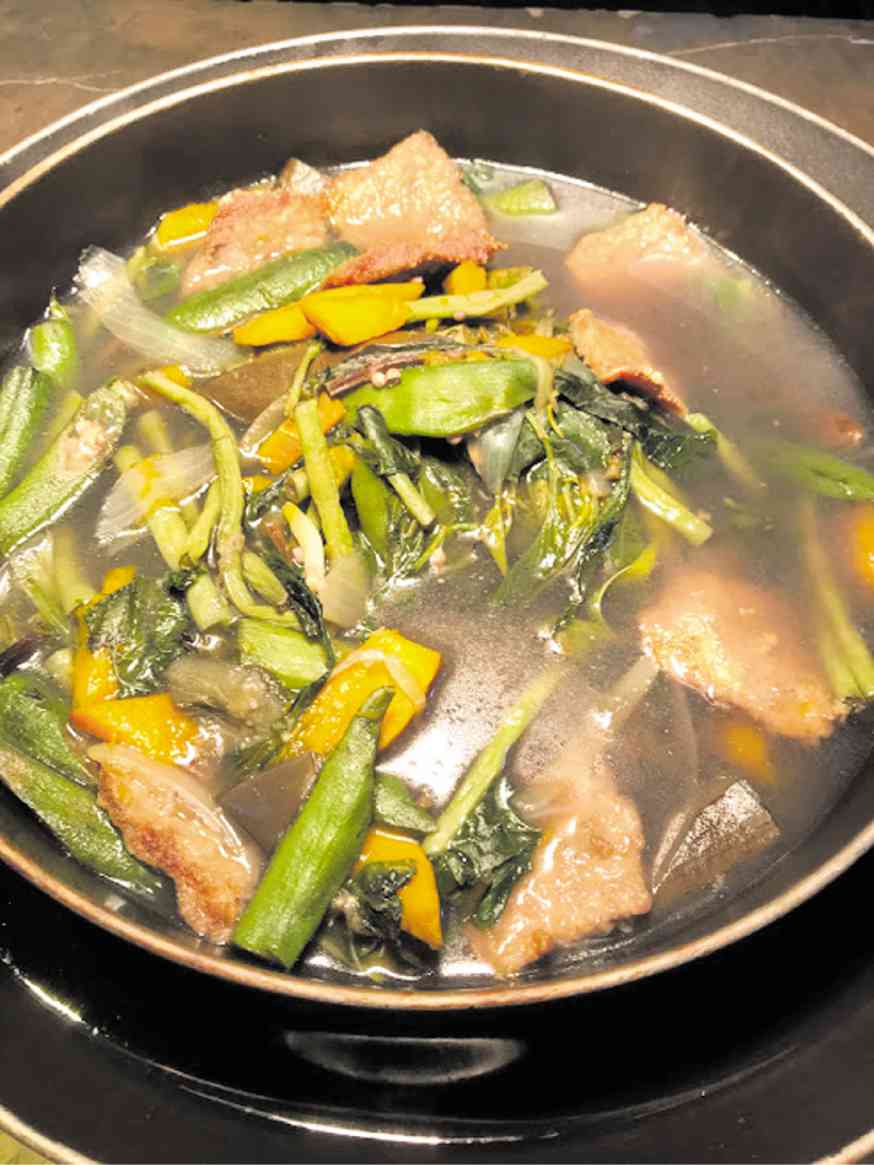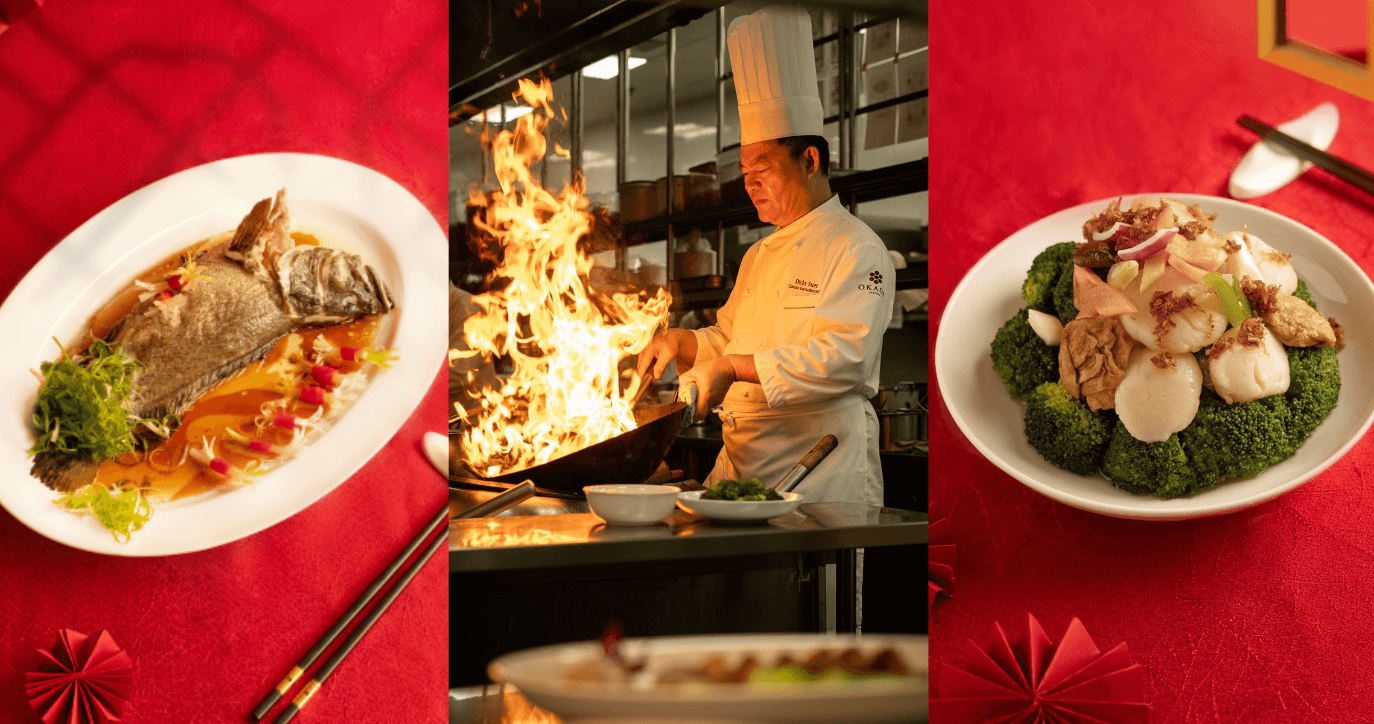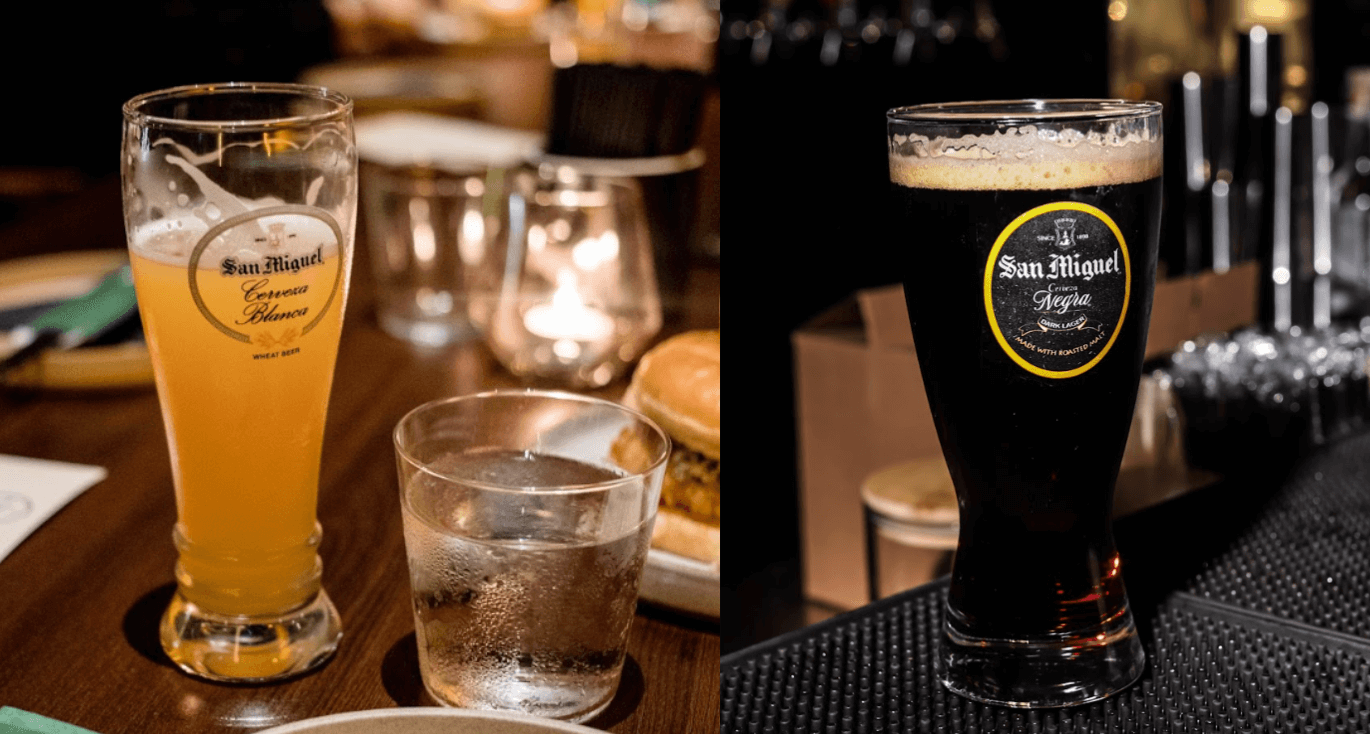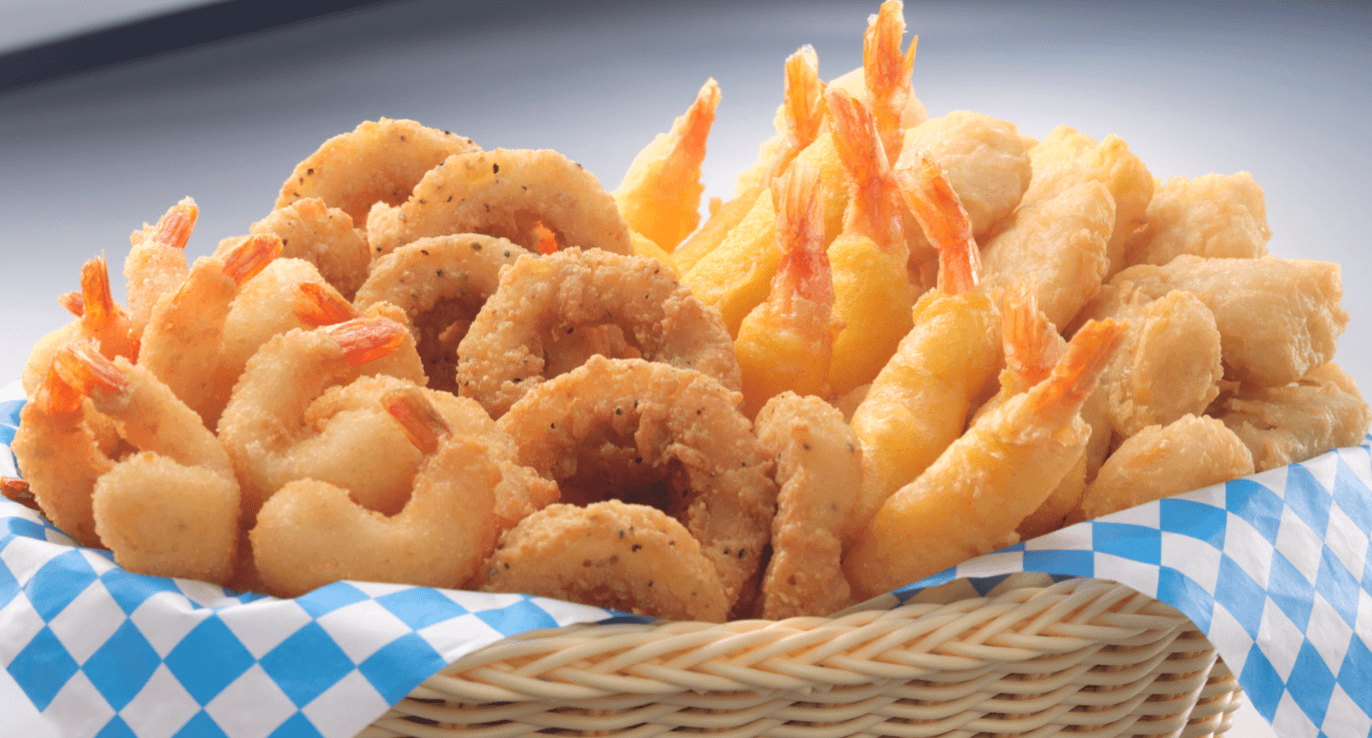Because he grew up helping his parents cook, chef Neil Jones Besing is a natural in the kitchen. Thus when Marco Polo Hotel Manila decided to come up with a festival of Cebuano cuisine, Besing didn’t have any difficulty planning the menu and cooking some of the familiar dishes in his hometown of Talisay, Cebu.
For Besing, the choices were easy. The menu would naturally include paklay, one dish he learned from his parents. Somewhat like the Ilocano pinapaitan, paklay is made with pork, beef and goat innards. To counter the bitter taste, Besing adds yellow ginger and sweet pineapple.
Another dish in Marco Polo’s buffet of Cebuano dishes is humba, braised pork belly that’s stewed patiently and slowly for two hours. Instead of using vinegar, Besing cooks the humba in kulapo, a rice wine that’s similar to Chinese cooking wine. The kulapo both flavors and tenderizes the meat, says Besing. Also added to the stew are pineapple, tausi and dried bananas blossoms. The result is meltingly tender pork in a thick, rich, slightly sweet, slightly sour sauce.
“I like cooking humba because I can just leave it alone while it stews, and I can then prepare other dishes,” says Besing. Slow cooking, he adds, is one characteristic of Cebuano cuisine, as is the use of herbs and spices like turmeric and lemongrass.
A typical dish is sinuglaw, a ceviche of tuna and pork cooked with pinakurat, a spicy vinegar, and flavored with spices and herbs such as ginger, hot chilies and lemongrass.
Of course, the queen of the buffet table is the lechon, suckling pig roasted to a juicy, golden brown finish. It is stuffed with fragrant lemongrass and basted continuously with a mixture of vinegar, sugar and achuete oil. Sometimes Cebuanos stuff it with seafood such as mussels, oysters and crabs, or as Besing’s mother does, with native chickens. By the time the lechon is cooked, so are the seafood and chicken.
Because Cebu is famous for mangoes, buffet also features pizza brushed with mango purée and topped with golden sweet mangoes.
To balance the richness of these dishes, there’s law-uy, stew made of eggplants, okra, saluyot, alugbati and malunggay leaves; seasoned only with patis. It’s a simple dish best eaten with hot, steaming rice.

Law-Uy
Oil, for frying
2 fillets of mackerel (tanigue)
2 stalks lemongrass, white part only
1½ – 2½ c water
2 c squash cubes
3 tomatoes, sliced into quarters
1½ long eggplants, sliced diagonally
10 okra, trimmed and cut into halves
1½ c alugbati leaves
1½ c camote tops
1½ c saluyot leaves
1 tbsp fish sauce (patis)
1 c malunggay leaves
In a pan , heat oil and fry the fish until brown on both sides. Cut the fish into cubes. Set aside. Pound the white part of the lemongrass to release aroma and flavor.
In a pot, bring the water to a boil. When boiling, add the fish and lemongrass and simmer for a few minutes, until broth becomes fragrant.
Add the squash, tomatoes, eggplants and okra. When almost tender stir in alugbati, camote tops and saluyot leaves. Do not overcook the vegetables. Season to taste with fish sauce then add the malunggay leaves. Simmer until malunggay leaves are tender. Serve hot with rice, or as a side dish.
Marco Polo Manila’s Cebu Food Fest runs until today, Jan. 23. Call +63277207720; email: [email protected]













































